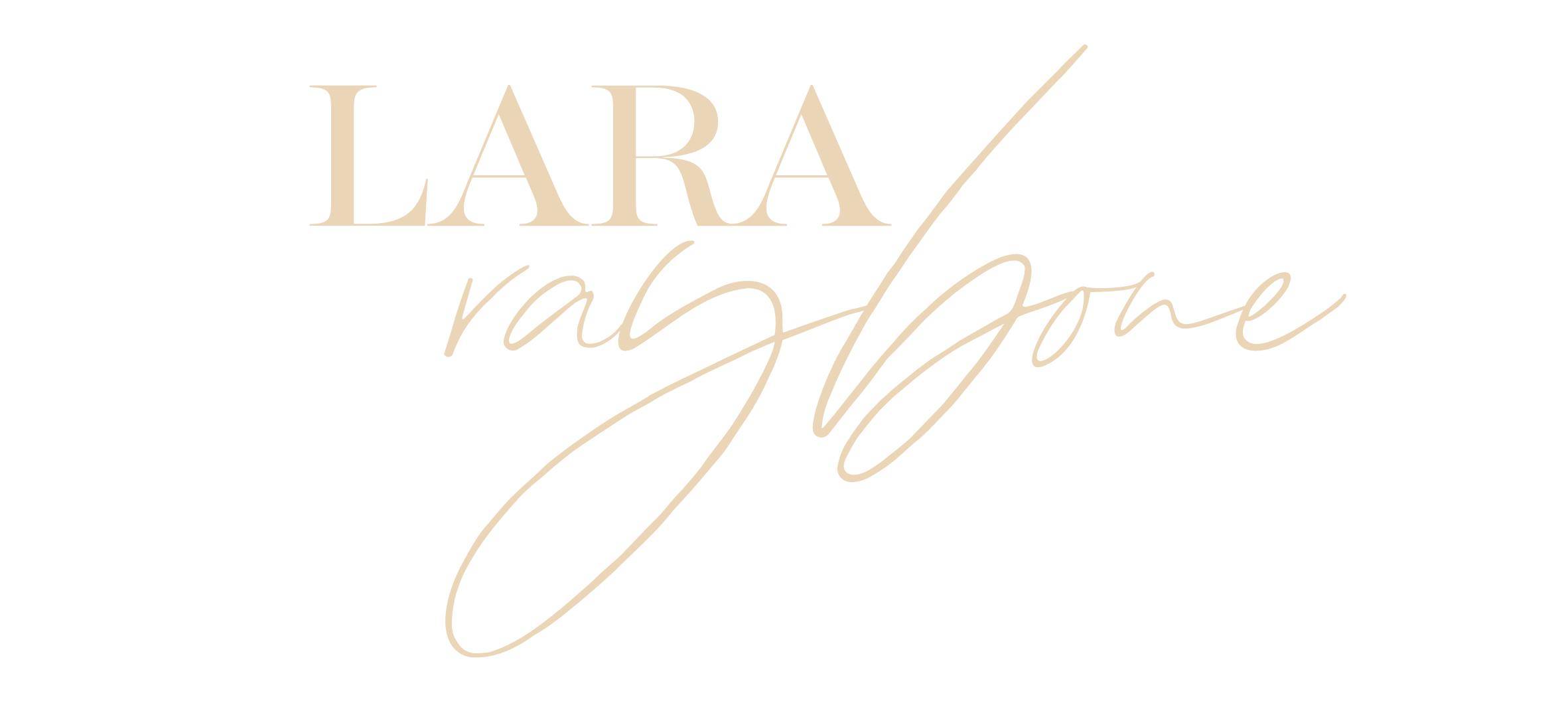Visualization is a powerful tool that can transform dreams into reality by helping individuals manifest abundance in their lives. This practice involves creating a mental image of one’s goals and desires, serving as a blueprint for achieving success. By focusing on these visualizations, individuals can align their thoughts and actions towards their desired outcomes, paving the way for positive change. In this document, we will delve into the mechanics of visualization, its impact on the subconscious mind, and practical techniques to incorporate this method into daily life. Join us as we uncover how visualization can unlock a path to abundance and fulfillment.
Understanding Visualization Techniques
The Science Behind Visualization
Visualization is not just a mystical concept; it is grounded in science. When individuals engage in visualization, they stimulate the same brain regions that activate during actual physical execution. This overlap means that mentally rehearsing an action can enhance performance in real life. Neuroplasticity, the brain’s ability to reorganize itself by forming new neural connections, plays a key role here. As people visualize their goals, they create neural pathways that prepare the body to act in ways aligned with these goals. Additionally, visualization can reduce anxiety and boost confidence by familiarizing the brain with success scenarios. This familiarity helps transform abstract goals into attainable reality. Understanding these scientific principles reinforces the effectiveness of visualization as a tool for achieving abundance. By leveraging these insights, individuals can more effectively harness visualization to drive their personal and professional growth.
Common Visualization Practices
Several common visualization الممارسات can help individuals harness the power of their minds to achieve their goals. One popular method is guided imagery, where individuals listen to a narrative that helps them create vivid mental pictures of their desired outcomes. This technique can be particularly effective for relaxation and stress reduction. Another practice is vision boarding, which involves creating a visual representation of one’s goals using images, words, and symbols. This tangible board serves as a constant reminder of aspirations and can boost motivation. Creative visualization, a more active form, encourages people to vividly imagine their goals as already accomplished, engaging all senses to enhance the experience. Daily affirmations, where one repeatedly visualizes success while reciting positive statements, can also reinforce belief in one’s abilities. By incorporating these practices, individuals can strengthen their mental focus, promote positive thinking, and propel themselves toward their desired life outcomes.
This 7 week programme is an embodied exploration, of the facets of the feminine, through the lens of sexuality. Click the image below to book your place.

Aligning Goals with Visualization
To maximize the effectiveness of visualization, it’s crucial to align your goals with your mental imagery. Start by clearly defining your objectives, ensuring they are specific, measurable, achievable, relevant, and time-bound (SMART). Once your goals are clear, create detailed mental images that reflect the successful achievement of these goals. Consider all aspects, including emotional responses and environmental factors. This clarity in visualization helps in creating a strong connection between your thoughts and actions. Regularly revisiting these visualizations helps reinforce your commitment and keeps you motivated. Additionally, aligning goals with visualization encourages consistent behavior that supports your objectives. It is essential to remain adaptable, as the path to achieving goals may require adjustments. However, the core vision should remain constant, serving as a guiding light. By harmonizing your goals with your visualization practices, you create a coherent strategy that propels you toward abundance and fulfillment.
Benefits of Visualization for Success
Enhancing Focus and Clarity
Visualization significantly enhances focus and clarity by providing a mental framework for achieving goals. When individuals visualize their desired outcomes, they create a clear mental map that guides their actions and decisions. This clarity helps in identifying the necessary steps and resources required to achieve goals, eliminating distractions and unnecessary efforts. By regularly engaging in visualization, individuals reinforce their commitment to their objectives, making it easier to stay on track even when faced with obstacles. Visualization also aids in filtering out irrelevant information and honing in on what truly matters. This sharpened focus ensures that الطاقة and efforts are directed toward productive activities aligned with one’s goals. Furthermore, visualization can heighten awareness of opportunities that might otherwise be overlooked. By consistently practicing visualization, individuals cultivate a disciplined mindset that prioritizes clarity and focus, ultimately paving the way for sustained success and achievement.
Building Confidence and Motivation
Visualization is a powerful tool for building confidence and motivation. By vividly imagining successful outcomes, individuals reinforce their belief in their abilities. This mental rehearsal reduces fear of failure and the anxiety associated with challenging tasks. As the brain becomes familiar with the scenario of success, it becomes more comfortable with the idea of achieving it in real life. This familiarity breeds confidence, making it easier to take bold steps toward goals. Additionally, visualization can serve as a source of motivation. By regularly envisioning the benefits and rewards of achieving their goals, individuals maintain a high level of enthusiasm and drive. This sustained motivation helps in overcoming setbacks and persisting through difficulties. The combination of increased confidence and motivation creates a positive feedback loop, where success in visualization translates to success in the real world. By embedding these attributes in their mindset, individuals are better equipped to pursue their aspirations with determination and resilience.
Overcoming Mental Barriers
Visualization plays a crucial role in overcoming mental barriers that hinder progress. These barriers, often rooted in self-doubt and fear of failure, can prevent individuals from taking necessary actions toward their goals. By employing visualization techniques, individuals can confront and dismantle these psychological obstacles. Imagining oneself successfully navigating challenges fosters a mindset shift, transforming perceived limitations into opportunities for growth. This process helps individuals reframe negative thoughts, replacing them with empowering beliefs. Visualization allows for mental practice of resilience, preparing individuals to face real-world difficulties with confidence. Moreover, regularly visualizing positive outcomes can alter the brain’s response to stress, reducing anxiety and enhancing problem-solving capabilities. As individuals repeatedly visualize overcoming obstacles, they build mental resilience and a proactive attitude. This empowerment enables them to push past mental barriers and pursue their aspirations with determination and clarity, paving the way for personal and professional success.
Practical Steps to Start Visualizing
Setting Clear Intentions
Setting clear intentions is a foundational step in effective visualization. It involves defining what you truly want to achieve and ensuring your goals align with your values and desires. Begin by reflecting on your deepest aspirations and identifying specific, tangible objectives. This clarity is essential, as vague intentions can lead to scattered efforts and diluted focus. Once your intentions are clear, articulate them in a positive and present-tense language, which helps in embedding these goals in your subconscious mind. It’s also helpful to write them down, as this acts as a commitment and reinforces your focus. Regularly revisiting and refining your intentions keeps them relevant and aligned with your evolving aspirations. Clear intentions serve as the blueprint for your visualization practice, guiding your mental imagery and actions. By setting precise intentions, you create a strong foundation for visualization, making it a powerful tool for manifesting your desired outcomes.
Creating a Visualization Routine
Establishing a consistent visualization routine is key to harnessing its benefits effectively. Begin by selecting a quiet, comfortable space where you can focus without distractions. Integrate visualization into your daily schedule, dedicating specific times each day to practice, such as in the morning or before bed. Consistency helps ingraining visualization into your routine, turning it into a habitual part of your day. During each session, close your eyes and vividly imagine your goals as already achieved, incorporating as much sensory detail as possible. Engage all senses to make the experience as real and immersive as possible. Visualization can be combined with deep breathing or meditation to enhance relaxation and concentration. Keep sessions brief initially, gradually increasing duration as you become more comfortable with the practice. By maintaining a regular routine, you reinforce your intentions and strengthen the neural pathways that support your goals, paving the way for successful manifestation.
Tracking Progress and Adjustments
Tracking your progress is an integral part of the visualization process. It helps you stay aligned with your goals and make necessary adjustments along the way. Begin by setting specific milestones that you aim to achieve and regularly evaluate your advancements toward these markers. Keep a journal to document your visualization sessions and any notable experiences or insights that arise. This practice not only tracks progress but also serves as a motivational tool, allowing you to reflect on how far you’ve come. If you find that certain visualizations aren’t producing the desired results, be open to adjustments. This might involve refining your intentions, altering your visualization techniques, or setting new goals that better align with your evolving aspirations. Flexibility and adaptability are key in ensuring that your visualization practice remains effective and relevant. By continuously assessing and adjusting your approach, you can maintain momentum and move steadily toward your desired outcomes.
Real-Life Success Stories
Athletes Achieving Peak Performance
Athletes around the world have long used visualization to achieve peak performance. By mentally rehearsing their sport, they prepare their minds and bodies for the challenges of competition. For example, Olympic swimmer Michael Phelps attributes part of his success to visualization. Before races, he visualizes every detail, from his stroke technique to potential obstacles, enabling him to perform consistently under pressure. Similarly, golfer Jack Nicklaus famously said he never hit a shot without first visualizing it. This mental preparation helps athletes enhance focus and confidence while reducing anxiety. Visualization allows them to anticipate various scenarios and practice their responses, leading to improved decision-making and adaptability during actual events. This technique not only refines physical skills but also strengthens mental resilience. By consistently visualizing success, athletes create a mindset geared toward achieving their best, illustrating the powerful role of visualization in reaching and maintaining peak performance levels.
Entrepreneurs Reaching Business Goals
Entrepreneurs often leverage visualization to achieve their business goals and drive innovation. By envisioning their desired outcomes, they create a mental blueprint that guides their strategic decisions and actions. Consider the example of Sara Blakely, founder of Spanx, who attributes much of her success to visualization. Blakely used visualization to imagine her products on store shelves and being worn by satisfied customers, which helped her stay motivated and focused on her objectives. Similarly, many successful entrepreneurs visualize their businesses thriving, which helps them navigate challenges and seize opportunities. Visualization assists in clarifying business visions, setting clear goals, and fostering a proactive mindset. Entrepreneurs use this technique to anticipate market trends, identify potential roadblocks, and develop innovative solutions. By regularly visualizing success, they maintain a positive outlook and resilient attitude, which are critical in the fast-paced world of business. Visualization empowers entrepreneurs to align their daily actions with their long-term aspirations, turning visions into reality.
Everyday People Finding Personal Growth
Visualization isn’t exclusive to athletes and entrepreneurs; everyday people also harness its power for personal growth. Individuals from various walks of life use visualization to overcome personal challenges, cultivate self-improvement, and achieve goals. For instance, someone striving for a healthier lifestyle may visualize themselves engaging in regular exercise and eating nutritiously, which can help solidify these habits. Visualization aids in reinforcing positive behavior changes and boosting self-esteem by allowing individuals to see themselves as successful in their endeavors. Moreover, it can help in managing stress and anxiety by picturing peaceful and controlled scenarios, fostering a sense of calmness and well-being. People have used visualization to prepare for public speaking, improve relationships, and even excel in academic pursuits. By consistently imagining positive outcomes, individuals can reshape their mindset, overcome self-imposed limitations, and unlock their potential. These personal success stories demonstrate how visualization can be a transformative tool for anyone seeking growth and fulfillment in their everyday lives.
